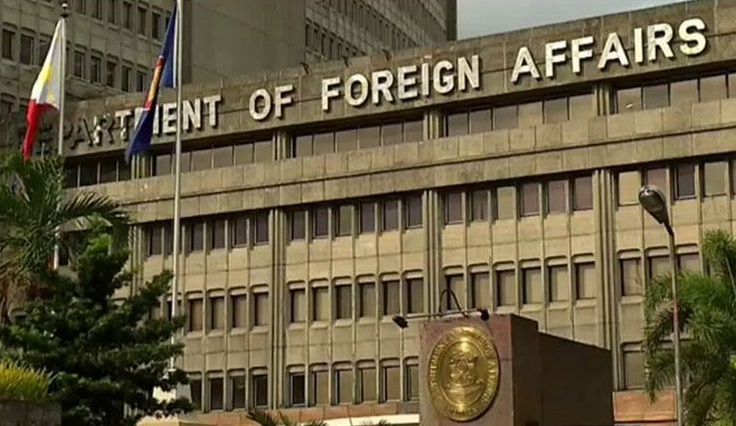Philippines Protests Chinese Ship Incident in South China Sea

The Philippines has raised concerns about a recent Chinese ship incident in the South China Sea, which the country claims is an infringement of its sovereignty. The incident is part of a larger pattern of Chinese infringement of Philippine sovereignty and attempts to assert Chinese control over the South China Sea. The Philippine Coast Guard has been protecting Filipino fishermen at Scarborough Shoal since late February. Nonetheless, this latest incident could be just one incident among many.
The Philippines, through its Foreign Ministry, has voiced its opposition to China’s infringement of Philippine sovereignty over the South China Sea. It cites concerns about the safety of its national sailors and fishermen. It has also accused China of constructing a mini-city in the area. According to Philippine Foreign Secretary Teodoro Locsin Jr., the Philippines has raised 84 diplomatic protests against China since President Rodrigo Duterte took office in 2016. A recent international tribunal invalidated China’s expansive claim to the South China Sea. More than $3 trillion in ship-borne trade passes through the sea each year. Other nations like the Philippines, Malaysia, and Vietnam have also claimed various features of the region.
The latest escalation in the disputed waters of the South China Sea sparked intense international condemnation. The Philippine government has also launched its own protest campaign, urging China to stop harassing its neighbours. However, the government has urged the Chinese to respect the shoal and the maritime rules of the South China Sea. The Philippines has a pact with the U.S. to defend itself if a shoal is attacked.
While China claims most of the waters in the South Asia Sea, other countries such as Vietnam, Indonesia, and the Philippines also claim part of the territory. Nevertheless, China has steadily expanded its military facilities in the South China Sea, including on artificial islands and reefs. However, the U.S. has accused China of acting aggressively. Its stance on the disputed islands has sparked tensions.
Meanwhile, the Chinese coast guard has dispatched two vessels to the area, within 3 nautical miles of the R/V Legend. According to the report by AMTI, there were at least 28 Chinese ships in the area. In fact, two of them were trailing the Philippine vessel, MCS 3005. As a result, the Philippine government has also responded with its own military maneuvers.
The Philippines must change its strategy in the South China Sea if it wants to prevent a war between the two nations. It must change its strategy to counter China’s aggressive behavior. It must use a lawful approach to enforce international law and to deter Beijing. The Philippines delayed announcing the incident by three weeks. It seems that no amount of diplomatic protests will change China’s behavior. Silence is a dangerous strategy that plays right into China’s hands.
Regardless of which side takes the legal approach, the United States and the Philippines must work together to make China’s illegal behavior public. Both countries must publish their diplomatic statements in the media and pursue additional international legal proceedings. It is worth remembering that China cares about its perceived legality and uses language of international law to justify its actions and scrambles to defend its actions before its own people.
